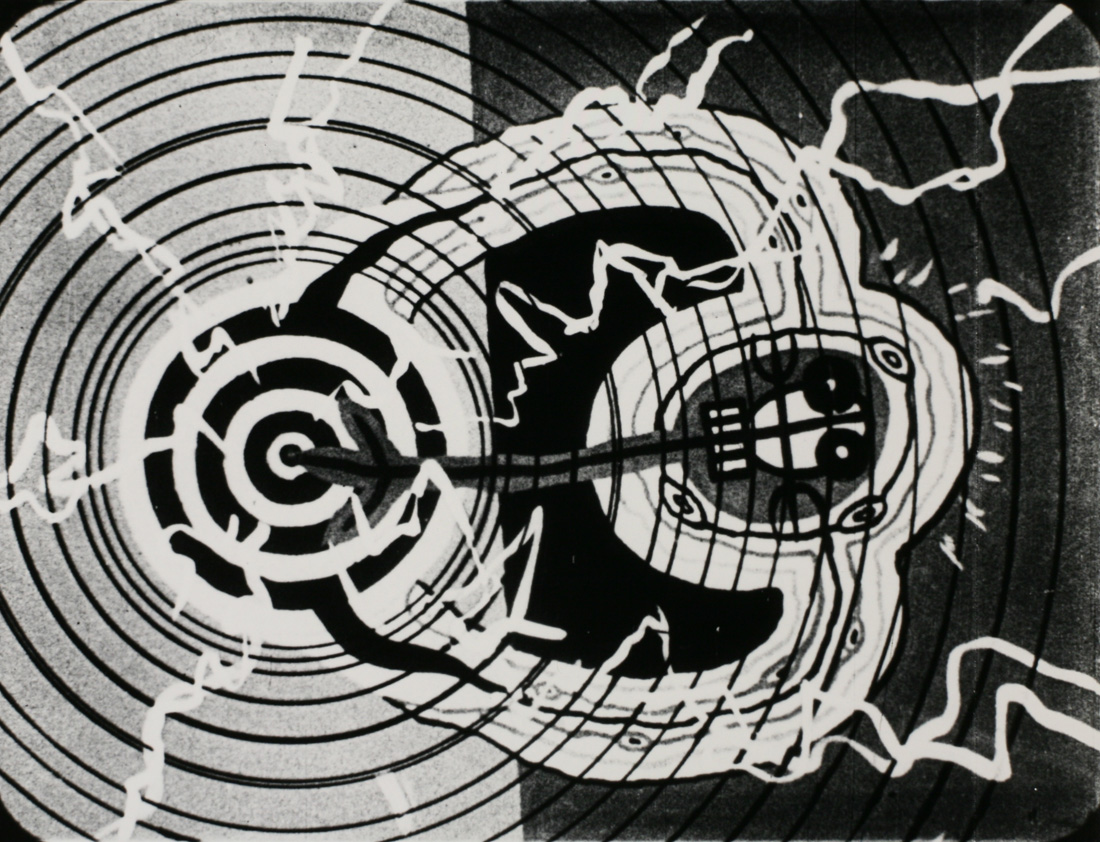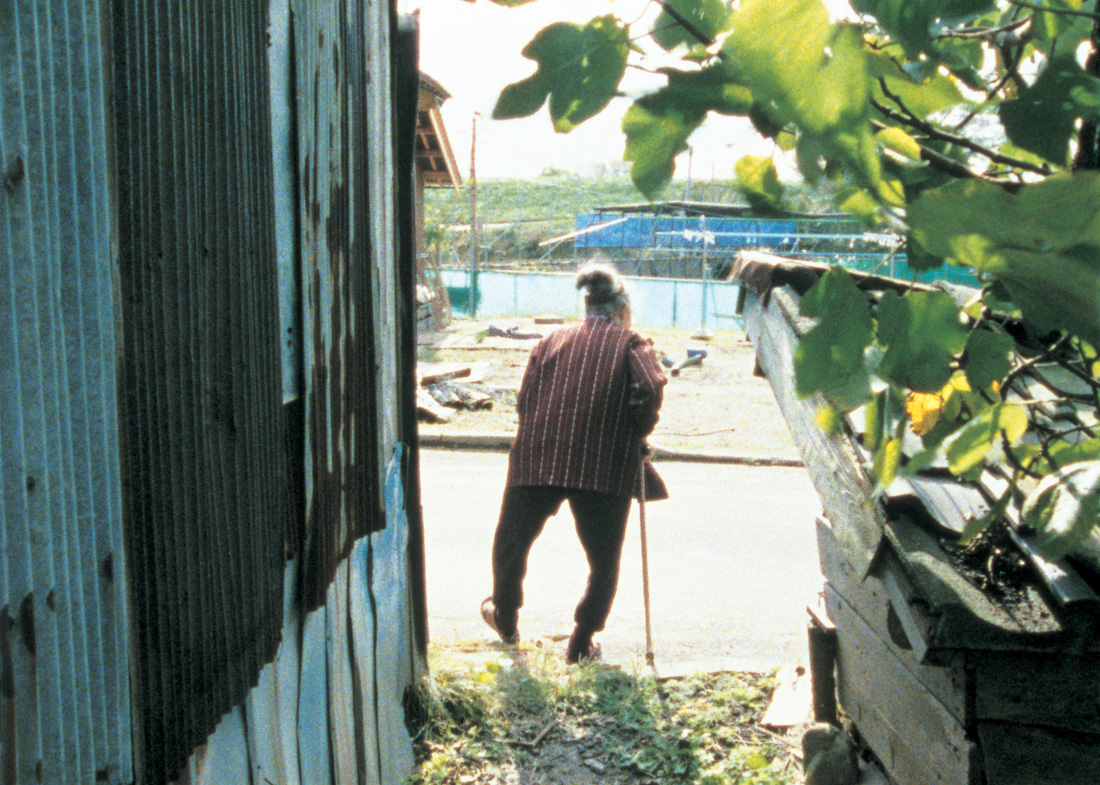03: Lye / Marhöfer & Lylov / Makoto
SELECTION 2015
A dialogue between new audiovisual works, older or rediscovered films and videos by artists and filmmakers who work in the expanded field of moving image practice.
Courtisane is een platform voor film en audiovisuele kunsten. In de vorm van een jaarlijks festival, filmvertoningen, gesprekken en publicaties onderzoeken we de relaties tussen beeld en wereld, esthetiek en politiek, experiment en engagement.
Courtisane is a platform for film and audiovisual arts. Through a yearly festival, film screenings, talks and publications, we research the relations between image and world, aesthetics and politics, experiment and engagement.
SELECTION 2015
A dialogue between new audiovisual works, older or rediscovered films and videos by artists and filmmakers who work in the expanded field of moving image practice.

Len Lye’s film Tusalava, an animation made of five thousand single drawings, is a study in morphology. It demonstrates that animated film always contains a contagious exchange of sensorial becomings on the “pre-logical” level. The mutating cellular shapes in the film slowly give rise to an enigmatic protoplasmatic scenario from which more distinct shapes emerge, resembling the penetration of a body by a virus, with this body being reminiscent of “totemic” imagery. Influenced by aboriginal art, Tusalava is a primitivist work of sorts, while expressing the fundamental animistic qualities of its medium through its imagery. (Edwin Carels)

We shot the film last year in Japan. It is a cartography of a particular landscape. This landscape can be found in many parts of Asia, in Japan it is called “satoyama”, literally meaning space between village and mountain. Satoyama is a membrane constructed by exchanges and encounters between non-human and human life. The agricultural and forestry productivity of this landscape is based on the increase of biodiversity. The more collaborations between species and cycles of materials are created — the more stable ecosystems and films can be formed. (Elke Marhöfer & Mikhail Lylov)

Satō Makoto discovered documentary film when he visited Minamata (well known as the former site of an environmental disaster) as a student, and worked on Katori Naotaka’s The Innocent Sea. While touring Japan with the film, he met people who lived by the polluted Agano River in Niigata and decided to make a film about them. Living there with seven crew members for three years, Living on the River Agano was completed in 1992 and showed people who live with the river and work in agriculture and fishing, quietly probing the cruelty of nature destroyed. Ten years later, and after attending several funerals of people who appeared in the first feature, the team returned to the area. The resulting film Memories of Agano is a ghostly poem on people, fields, stories, songs and buildings receding into absence, the power of images and the strength of sound to revive the past.